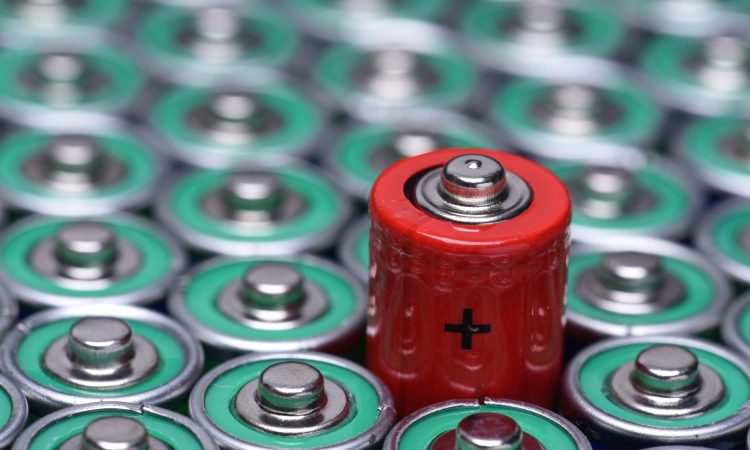
Researchers at the University of New South Wales (UNSW, in Australia) have made a new generation of batteries using an unexpected source: food acids, including those present in wine.
Scientists have developed a component for batteries from compounds found in food acids, which are common and often thrown away as waste. “An innovative battery component that uses food-based acids, found in products such as sherbet and wine, could make lithium-ion batteries more efficient, affordable and sustainable,” the researchers said.
Currently, lithium-ion batteries dominate the energy market, being widely used in everything from smartphones to electric vehicles. However, they come with several problems.
A new generation of batteries could have components made from wine. Here’s how!
For example, a critical part of these batteries is the anode, traditionally made of graphite. But graphite production is bad for the environment because of the mining, energy-intensive process and the use of strong chemicals. Professor Neeraj Sharma, who led the team, points out that the conventional method of producing graphite for batteries is quite unsustainable.
“About 60% of the graphite is lost in the processing steps, which usually require high temperatures and very strong acids to achieve the required purity… so the environmental impact is huge,” he noted.
It replaces graphite with compounds derived from food acids, such as tartaric acid and malic acid.
“We focus on understanding the materials used in batteries and how they work, and with that understanding we can design better materials. By using waste produced on a large scale for battery components, the industry can diversify raw material sources while addressing environmental and sustainability issues,” .
A demonstration prototype was also created
The researchers demonstrated the technology’s potential by building a prototype battery.
This prototype is similar in size to batteries and stores more energy than traditional graphite-based batteries. Thus, devices could store more energy and require less frequent recharges.
“We experimented to understand what was happening, designed reactions to maximize performance, and characterized the resulting compounds and their performances,” said Sharma.
The team is now working on scaling up the manufacturing process, moving from small batteries to larger cells for more demanding devices. The researchers are also testing the durability of the batteries with repeated use and under varying temperatures.
“By understanding the chemistry of batteries, we can improve their physical properties and to hold more power, ionic conductivity (allowing higher energy discharge or recharge rates) or structural stability (extending lifetime to improve sustainability),” he noted. Sharma.
This discovery could not only make batteries more sustainable, but also more affordable and efficient. Researchers are also exploring the application of this technology to sodium-ion batteries, a promising alternative to lithium-ion batteries.
Professor Sharma also highlighted the importance of diversifying battery technologies depending on the application and the need for more sustainable processes and materials.
“It’s about having different battery technologies depending on the application, including combining solar and batteries in one device,” he concluded.
This discovery represents a major step forward in battery technology, showing how food waste can become a valuable resource for powering the world.

